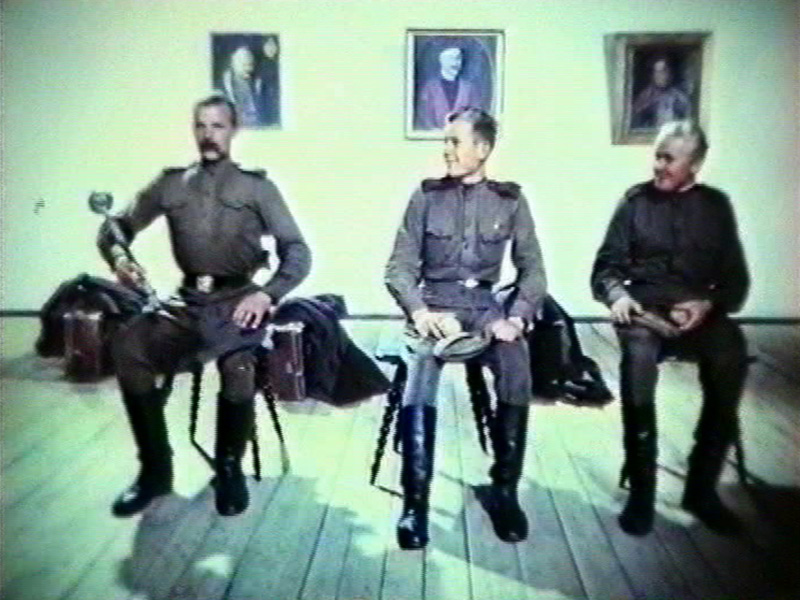Projection
WITHIN THE FRAMEWORK OF PROJECTED VISIONS ARMENIA
From among the rich cinematographic heritage of Sergueï Paradjanov, we have chosen for presentation:
“Sayat Nova, the Color of the Grenade”
USSR, 1970, 74’
Direction and screenplay: Sergueï Paradjanov
Camera: Souren Chahbazian
Music: Tigran Mansourian
Cast : S. Tchiaourelli, M. Alekian, V. Galestian, G. Gueguetchkei, O. Minassian
Regarded as an uncontested masterpiece of Paradjanov, “Sayat Nova” narrates the stages in the life of the greatest Armenian poet of the eighteenth century, from his childhood to his death. Items of clothing, carpets and ancient stones occupy the contemplative attention of Paradjanov, along with faces of a luminous beauty. Out of these elements, he weaves a sequence of authentic living tableaux, meticulously choreographed, marked by a profound spirituality and an infinite symbolical richness.The only professional actress, Sofiko Tchiaourelli from Georgia, embodies the double role of the young Sayat Nova and of his beloved (the double countenance of love). All the other figures are acted by non-professionals. Presented in 1969 on Soviet screens, “Sayat Nova” was negatively received by the authorities and withdrawn from public notice. It reappeared in an abridged version in 1971, then was definitively banned.
“The Frescoes of Kiev”
USSR, 1966, 13’
Direction and screenplay : Sergueï Paradjanov
Camera : J. Antipenko
Music : J.-S. Bach and popular music
Cast : V. Artman, T. Atchvadze, A. Kotchekov
Initially intended as a feature film commissioned to promote the glory of Kiev, this film was never completed. The shooting was interrupted by the censorship office, which seized the reels. A second, much shorter film was later realized on the basis of the rushes which had been saved from the first version. Between dream and reality, memories and phantasms, the figures convey a (very) free interpretation of the theme of war. Paradjanov’s style evolves towards post-modernism.
“Hakop Hovnatanian”
USSR, 1965, 9’
Direction and screenplay : Sergueï Paradjanov
Photography : Karen Mesian
In 1967, at the request of the Armenian studios, Paradjanov agrees to realize a short documentary film presenting the oeuvre of the painter Hakop Hovnatanian. The descendant of a famous dynasty of miniaturists, Hakop Hovnatanian deeply influenced the history of Armenian painting in the nineteenth century by revolutionizing the genre of the portrait. Even while conforming to the pre-established codes of Oriental painting, he was influenced by Western painting and introduced a more realistic point of view towards his models. In examining the details of Hovnatanian’s paintings, Paradjanov evokes the vividly colored atmosphere of this century at the same time that he endows it with an atemporal dimension.
